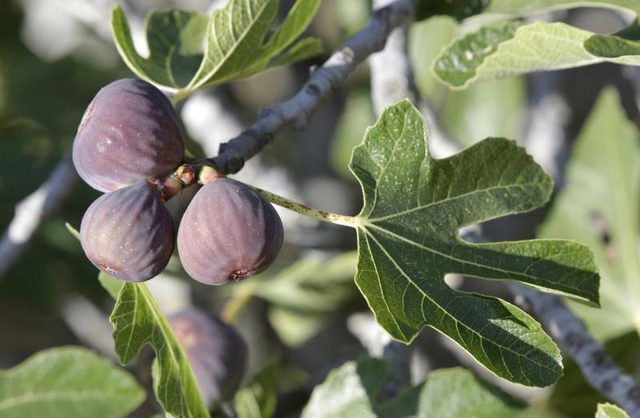Bulbs
Flower Basics
Flower Beds & Specialty Gardens
Flower Garden
Garden Furniture
Garden Gnomes
Garden Seeds
Garden Sheds
Garden Statues
Garden Tools & Supplies
Gardening Basics
Green & Organic
Groundcovers & Vines
Growing Annuals
Growing Basil
Growing Beans
Growing Berries
Growing Blueberries
Growing Cactus
Growing Corn
Growing Cotton
Growing Edibles
Growing Flowers
Growing Garlic
Growing Grapes
Growing Grass
Growing Herbs
Growing Jasmine
Growing Mint
Growing Mushrooms
Orchids
Growing Peanuts
Growing Perennials
Growing Plants
Growing Rosemary
Growing Roses
Growing Strawberries
Growing Sunflowers
Growing Thyme
Growing Tomatoes
Growing Tulips
Growing Vegetables
Herb Basics
Herb Garden
Indoor Growing
Landscaping Basics
Landscaping Patios
Landscaping Plants
Landscaping Shrubs
Landscaping Trees
Landscaping Walks & Pathways
Lawn Basics
Lawn Maintenance
Lawn Mowers
Lawn Ornaments
Lawn Planting
Lawn Tools
Outdoor Growing
Overall Landscape Planning
Pests, Weeds & Problems
Plant Basics
Rock Garden
Rose Garden
Shrubs
Soil
Specialty Gardens
Trees
Vegetable Garden
Yard Maintenance
How to Water a Fig Tree
How to Water a Fig Tree. The wide-spreading roots of the common fig tree (Ficus carica) grow close to the soil surface. Because the roots do not grow downward to seek water, the tree suffers when the top of its soil is dry. **Pay attention to signs of fig tree stress, especially in hot, dry weather,** and water the tree properly. Common fig is...

The wide-spreading roots of the common fig tree (Ficus carica) grow close to the soil surface. Because the roots do not grow downward to seek water, the tree suffers when the top of its soil is dry. Pay attention to signs of fig tree stress, especially in hot, dry weather, and water the tree properly. Common fig is hardy in U.S. Department of Agriculture plant hardiness zones 8 through 10.
Signs of Water Stress
A common fig tree stressed by the lack of water often drops its fruits prematurely. Watch for yellowing and falling leaves, which are signs that the tree is not getting enough water.
Water your common fig tree as soon as you see its signs of stress. If its leaves wilt slightly in the afternoon, then water the tree.
General Water Requirements
Although the watering needs of a fig tree depend largely on the soil and the weather, a general rule is that a fig tree needs 1 to 1 1/2 inches of water each week, either from irrigation or rain.
Keep the soil around your fig tree moist but not soaked. Test the soil moisture by digging down at least 2 inches. Overwatering forces oxygen from soil that doesn’t drain well and can injure or kill a fig tree.
A fig tree growing in a lawn may wilt from summer heat while the surrounding grass is unaffected. In hot, dry summer weather, sprinkle the ground around a mature fig tree for 45 minutes once each week.
A mature fig that is totally dormant can withstand cooler temperatures than a fig growing rapidly when the first frost hits. Encourage dormancy and help your tree prepare for cold winter weather by reducing watering at the end of the growing season, which is in late summer or early autumn in much of the United States.
Water for a Young Tree
Water stress can stunt or even kill a recently planted fig tree. Improve a new tree's chance of survival by planting it so that its shallow roots are 2 to 4 inches deeper than they were in the tree's nursery container. Crumble the soil you use to fill the remainder of the planting hole, and pack it downward several times to remove its air pockets.
Give a fig tree 10 gallons of water three times each week during the first year after you plant it.
Applying a 4-inch-deep layer of grass clippings or straw mulch on the soil surface around the tree -- but not touching the tree's trunk -- helps prevent moisture from evaporating from the soil above the tree's shallow roots. Mulch also smothers weeds, which may compete with the tree for moisture.
Water and Soil Nematodes
Roots growing close to the soil surface are susceptible to soil nematodes that feed on small roots. Nematodes are small, round worms; they should not be confused with larger worms used for fishing. Nematodes feeding on small fig roots reduce the amount of water that the roots are able to take in.
Nematodes typically appear during droughts. Suppress their appearance by watering your tree at the first sign of drought.